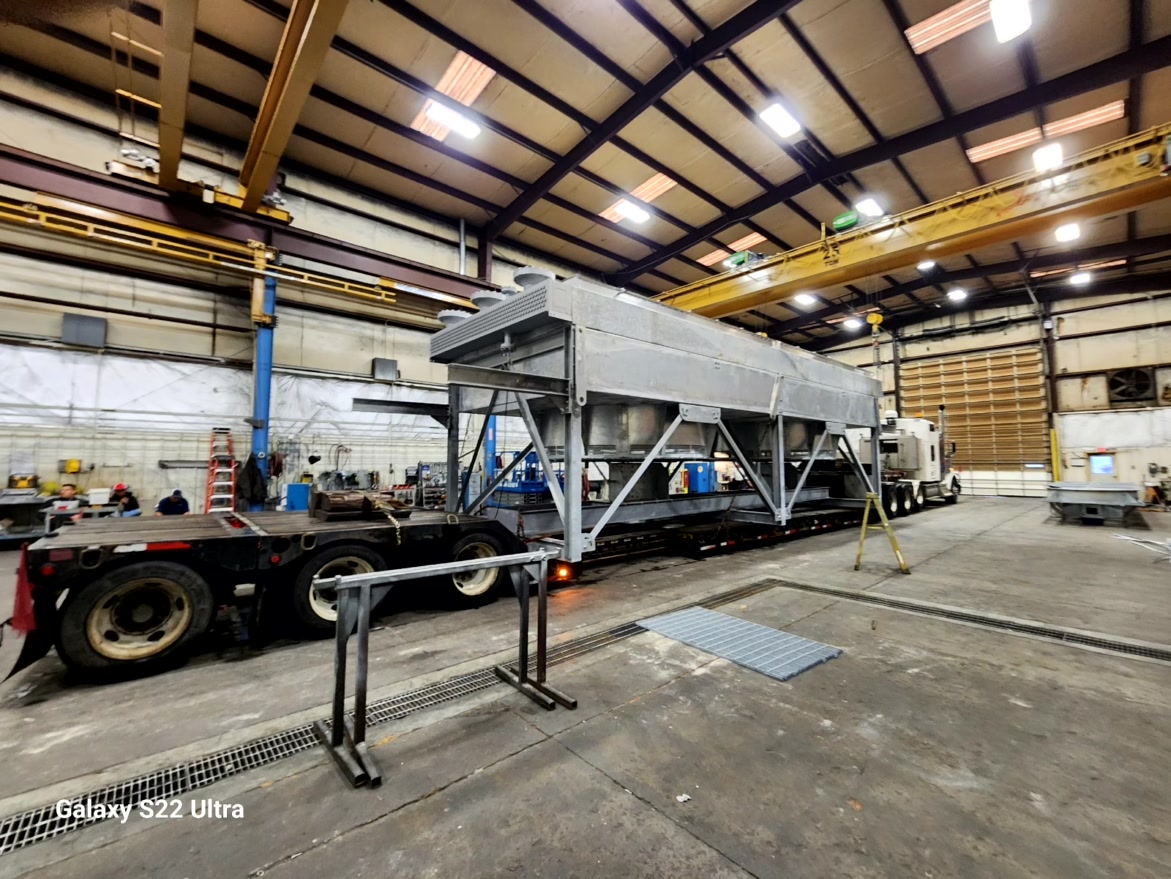Ohio Truck Weight Limits
Freedom Heavy Haul can offer expedited Pickup and Delivery for any size shipment anywhere in the USA. Contact us today for No Hassle, No Pressure Pricing.
In the world of commercial transportation, truck weight limits play a crucial role in ensuring road safety and the preservation of infrastructure, particularly for heavy haul transport in Ohio. Ohio, like many states, has established specific regulations governing the weight of trucks on its roadways. These regulations not only contribute to the longevity of road surfaces but also ensure the safety of all road users. This article delves into the intricacies of Ohio Truck Weight Limits, exploring various aspects from general regulations to the impact on commercial transportation.
Overview of Ohio Truck Weight Limits and Regulations
The state of Ohio enforces truck weight limits to manage the impact of heavy vehicles on public roads, which is essential for Ohio heavy haul transport. These regulations are designed to prevent road damage and reduce the risk of accidents caused by overweight trucks.

The limits are based on several factors, including the type of axle, the number of axles, and the type of road the truck is traveling on. Understanding these regulations is vital for truck operators to ensure compliance and avoid penalties.
Detailed Breakdown of General Weight Limits
In Ohio, general weight limits are set based on the axle type of the truck. The limits are 20,000 pounds for a single axle, 34,000 pounds for a tandem axle, and 48,000 pounds for a tridem axle. These limits help distribute the truck’s weight across its axles, reducing the strain on road surfaces.
Additionally, the maximum gross weight for any truck in Ohio is capped at 80,000 pounds, a standard limit across many states in the U.S. This gross weight includes the weight of the truck, its cargo, and any additional equipment.
Specifics of Interstate System Weight Limits
The weight limits on Ohio’s interstate system are slightly different, with specific regulations focusing on the weight per inch of pneumatic tire width. This approach ensures that trucks with larger tires, which can distribute weight more evenly, are not unduly penalized.

The maximum load per axle remains the same as on non-interstate roads, with 20,000 pounds for a single axle and 34,000 pounds for a tandem axle. The Federal Bridge Formula is also applied to determine the maximum weight for trucks with two or more consecutive axles. This formula takes into account axle spacing and is crucial in preventing damage to bridges and overpasses.
Non-Interstate Routes and Their Unique Weight Limitations
On non-interstate routes in Ohio, the weight limits vary based on axle spacings. For two successive axles, the weight limit is 24,000 pounds if they are spaced 4 feet or less apart. If the spacing exceeds 4 feet, the weight limit increases to 34,000 pounds, plus an additional 1,000 pounds per foot over 4 feet, not exceeding 40,000 pounds.
For three successive load-bearing axles, the weight limit can be as high as 48,000 pounds, provided they meet specific spacing requirements. These nuanced regulations reflect the diverse road conditions found throughout Ohio, from rural roads to urban streets.
Permit-Required Weight Allowances
Ohio also offers permits for trucks that need to exceed standard weight limits. These permits are essential for transporting oversized or overweight loads that are necessary for certain industries. The maximum weight allowed for a single axle under a permit is 29,000 pounds, while a short tandem axle can go up to 36,000 pounds.

The state also allows for higher limits for long tandem, tri, and quad axles under specific conditions. These permits are subject to strict scrutiny to ensure that the increased weight does not compromise road safety.
Impact of Weight Limits on Commercial Transportation
The enforcement of weight limits has a significant impact on the commercial transportation industry. Logistics and freight companies must carefully plan their routes and loads to comply with these regulations. Overloading trucks not only risks penalties but also increases the wear and tear on the vehicle, leading to higher maintenance costs. In some cases, companies may need to use additional trucks or adjust their cargo to meet the weight requirements, impacting their operational efficiency and costs.
Legal and Safety Considerations
Violating Ohio’s truck weight limits can lead to legal consequences, including fines and potential suspension of transportation licenses, particularly affecting heavy haul transport in Ohio. These regulations are enforced to minimize the risk of accidents caused by overloaded trucks, which can be more challenging to control and stop, especially in emergency situations. Adhering to these limits is not just a legal requirement but also a crucial aspect of road safety, protecting both the truck drivers and other road users.
Technology in Monitoring and Enforcement
Ohio employs various technological tools to monitor and enforce truck weight limits. Weigh stations and portable scales are commonly used to check the weight of trucks on the go. Recent advancements in technology have also enabled more efficient monitoring, with systems capable of weighing trucks at highway speeds.
These innovations help streamline the process, reducing delays for compliant trucks while ensuring that those exceeding limits are promptly identified and penalized.
Comparative Analysis with Other States
Comparing Ohio’s truck weight limits with those of other states reveals both similarities and differences. While the 80,000-pound gross weight limit is a common standard, variations in axle weight limits and permit requirements reflect the unique geographical and infrastructural challenges of each state. Understanding these regional differences is crucial for companies engaged in interstate transportation, as it affects route planning and compliance across state lines.
Conclusion
In conclusion, Ohio’s truck weight limits play a vital role in maintaining road safety and infrastructure integrity, especially in the context of heavy haul transport in Ohio. By understanding and adhering to these regulations, truck operators contribute to a safer and more efficient transportation network. As commercial transportation continues to evolve, these regulations may undergo changes, but their core purpose of ensuring safety and preserving public roads will remain paramount.







